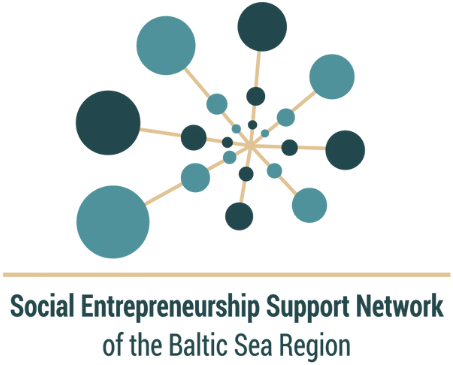10 creative ways to encounter the problem of customer’s limited ability to pay for services
Thinking that your customer’s and beneficiaries don’t have possiblity to pay for your services might seem like a problem that can’t be overcome. But, here are some things you can do to approach this problem. As this article by AcumenPlus shows, the solution might lie in addressing the customer’s ability to pay, shifting the company’s revenue model, or a combination.
Opening up to creative ideas
The basic idea around tackling the problem is getting creative with what you offer, who pays for it, when they pay, where you focus in the value chain, and how you decide to grow. It takes some rethinking, adjusting and trying to find ways to generate money-flows from a variety of sources. Here are some tips for how to do that.
Rethinking your offering
If you feel that your product or service is useful, needed, and desired by your target customers, but they still are not paying for it, you need to design the solution in a more economical way. This means basically finding a creative way to deliver the same outcomes for your customers in a less complicated, and therefore less costly, way. This is usually done by product or process design, so be ready to question what you have and go for alternative solutions
Cross-subsidising the offers
Is there a way that you could be using profits generated from one product line to subsidize another? Some products or services might be more lucrative or have broader appeal than other products that will never be profitable, even if they have powerful social impact. Use the former to pay for the latter.
Adjusting the cost model
You may have to redesign your product or service in order to cut costs, allowing you to lower the price. Here, the consideration is made on the relative costs of each of the key activities, key resources, and assets that are essential to produce or deliver the product or service. Recognize the most costly ones, and consider consider if there is another path you can take to achieve the desired goal.
Cross-subsidising customer segments
Purchases from one customer segment who has a higher ability to pay can be used to subsidize or fund access to a lower-income customer segment. Serving both customer segments with a very similar offer is key for this approach to work. This means that ideally the same core technology and core competencies are leveraged when delivering value to both customer segments.
Generating value for a 3rd party
Sometimes it could be that a third party would be interested in paying on behalf of a group of customers. This could be a government or another business purchasing a product or service and passing it onto the end user, who does not pay. As this approach might seem somewhat counter-intuitive, there are several ways it can really be a win-win-win way of working. The 3rd party might for example have a social mission that they want to take part to; they might want to improve their work or efficiency; or they might want to access your customers channels or to advertise to your customers.
Offering flexible payments
Sometimes people are ready to pay, but they need some flexibility to when to pay. Could you then be flexible and let them pay in parts, or with a longer payment schedule?
Providing pay-as-you-go -option
Pay-as-you-go model is a financing solution that allows customers to rent a product, while they make incremental payments until they eventually achieve ownership. Would this suit your product or service business?
Providing financing
Providing direct financing options can be an effective way to help customers bridge the gap between the price point and their ability to pay. Here the key is in partnering with a local lending institutions that provide financing services.
Moving along the value chain
Operating businesses at multiple stages of the value chain provides another unique opportunity for cross-subsidization. At some points in the value chain, the business may have larger profit margins that can then be used to subsidize other areas of the value chain which generate social impact, but might not be profitable. Parts of the value chain are for example manufacturing, sales, delivery, and after-sales service.
Adjust your scaling strategy
Scaling your business – investments into growing the team, improving infrastructure, or purchasing new products to make the business more efficient – may not need to be funded through profits alone (However it is usually the best way). Considering to seek alternative capital like philanthropic donations or grants might be sometimes a smart approach.
Read the AcumenPlus’ full article about these 10 ways to adress affordability, with excellent case examples here.









